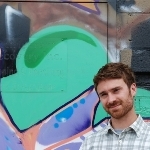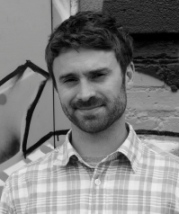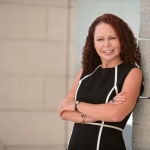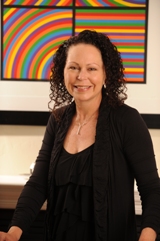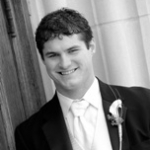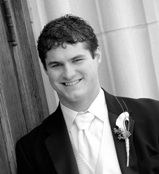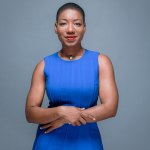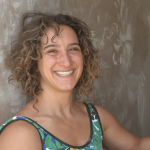
Abe Flores
Charting the Future: Why we need new Visionary Ideas, Values, and Models to Propel Communities forward through the Arts
Posted by Apr 14, 2014

Abe Flores
Change is the only constant in life and in art. Demographic shifts, technological leaps, economic cycles, and cultural trends require creative, knowledgeable, and skilled leaders to ensure the relevance and resilience of all art forms. When old ideas, values, and models become obsolete, it takes leaders to chart the future to accommodate the changing reality. Experimentation, risk and failure are inherent in the charting of the future. No one knows if something will really work until they implement it. That is why I am a fan of the term “pilot program” - it tells the world that we are trying something new and it may not work. Younger leaders often take on the role of charting the future and piloting programs because we are the future: demographically diverse, technologically savvy, and more inclusive in our values.
The Americans for the Arts Emerging Leaders Council, a body of fifteen incredibly smart, visionary and engaged young arts professionals, acts as a brain trust informing and advising Americans for the Arts (AFTA) on trends, new ideas, latest models, and the direction of the field in order to assist in developing new programs and resources to promote professional development and networking opportunities for young professionals nationwide. Part of my role at AFTA is liaising with the council and working with them to present and implement their best ideas and strategies. In the couple of months I have been working with them it has become clear that there is much great work yet to be done. I am very excited to see what develops and very thankful to be part of the process. My brain is divided between my immediate daily tasks (blog salon, convention, digital classrooms etc.) and contemplating how we can best serve and advance the field.
Read More





